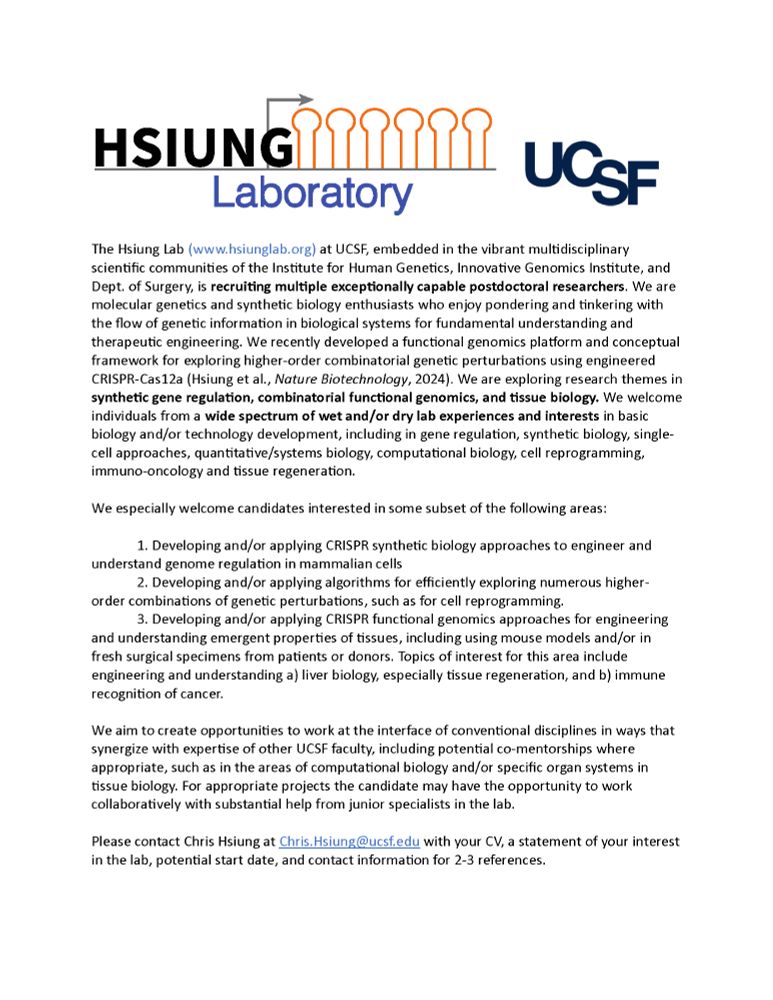Jimmie Ye
@yimmieg.bsky.social
740 followers
8 following
16 posts
Genome scientist becoming engineer. Immunologist. Geneticist. Dabbles in statistics and statistical learning. Home @UCSF, affiliated with Arc and PICI.
Posts
Media
Videos
Starter Packs
Pinned
Jimmie Ye
@yimmieg.bsky.social
· Mar 7

Phenotypic pleiotropy of missense variants in human B cell-confinement receptor P2RY8
Missense variants can have pleiotropic effects on protein function and predicting these effects can be difficult. We performed near-saturation deep mutational scanning of P2RY8, a G-protein-coupled re...
www.biorxiv.org
Jimmie Ye
@yimmieg.bsky.social
· Mar 7
Jimmie Ye
@yimmieg.bsky.social
· Mar 7
Jimmie Ye
@yimmieg.bsky.social
· Mar 7
Jimmie Ye
@yimmieg.bsky.social
· Mar 7
Jimmie Ye
@yimmieg.bsky.social
· Mar 7
Jimmie Ye
@yimmieg.bsky.social
· Mar 7

Phenotypic pleiotropy of missense variants in human B cell-confinement receptor P2RY8
Missense variants can have pleiotropic effects on protein function and predicting these effects can be difficult. We performed near-saturation deep mutational scanning of P2RY8, a G-protein-coupled re...
www.biorxiv.org
Jimmie Ye
@yimmieg.bsky.social
· Mar 4
Jimmie Ye
@yimmieg.bsky.social
· Mar 4
Jimmie Ye
@yimmieg.bsky.social
· Mar 4
Jimmie Ye
@yimmieg.bsky.social
· Mar 4
Jimmie Ye
@yimmieg.bsky.social
· Mar 4

Single-cell RNA sequencing of peripheral blood defines two immunological subtypes of Sjögren's disease
Sjögren's disease (SjD) is a heterogeneous autoimmune disorder with significant clinical and molecular diversity. While anti-SSA antibodies serve as a hallmark serological biomarker, nearly half of pa...
www.biorxiv.org
Reposted by Jimmie Ye
Alice Ting
@aliceyting.bsky.social
· Dec 4




